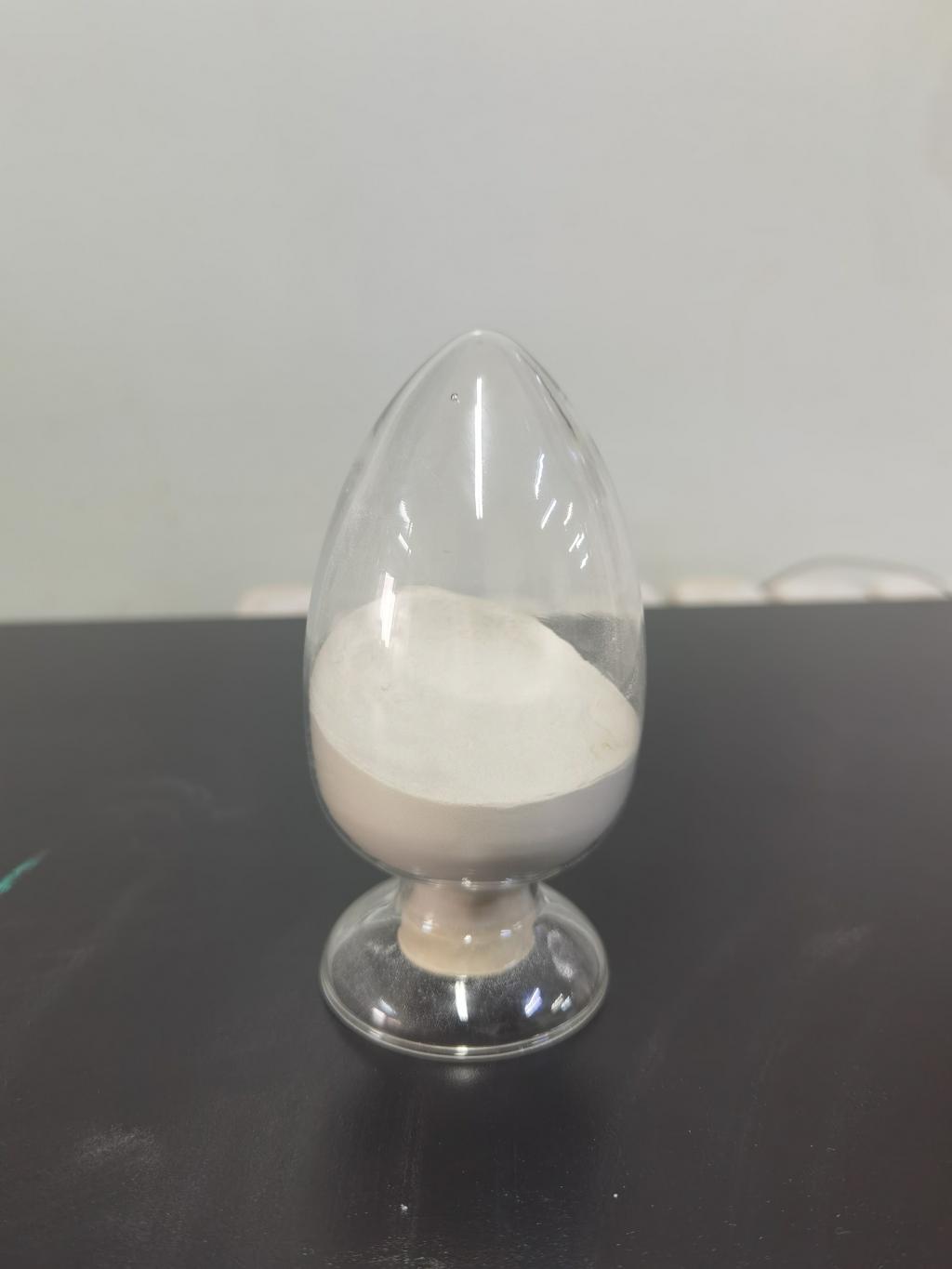Tel:+8618231198596

News
 CONTACT
CONTACT
 CONTACT
CONTACT
- Linkman:Linda Yao
- Tel: +8618231198596
- Email:linda.yao@dcpharma.cn
- Linkman:CHARLES.WANG
- Department:Overseas
- Tel: 0086 0311-85537378 0086 0311-85539701
News
Nisin's contribution to improving the safety of ready-to-eat foods and minimally processed products.
TIME:2024-04-24
Understanding Nisin:
Nisin is a polycyclic antibacterial peptide produced by certain strains of the bacterium Lactococcus lactis. It belongs to the class of bacteriocins, which are ribosomally synthesized peptides with antimicrobial activity against various bacteria, including foodborne pathogens such as Listeria monocytogenes and Staphylococcus aureus. Nisin's mode of action involves binding to lipid II, a precursor of bacterial cell wall synthesis, disrupting cell membrane integrity, and ultimately leading to cell death.
Applications of Nisin in Food Preservation:
The application of nisin in food preservation primarily involves its incorporation into food formulations or direct application onto food surfaces. In RTE foods and minimally processed products, nisin serves multiple functions:
Control of Pathogens: Nisin effectively controls the growth of foodborne pathogens such as Listeria monocytogenes, Salmonella spp., and Clostridium botulinum, thereby reducing the risk of foodborne illnesses associated with these pathogens.
Extension of Shelf-life: By inhibiting the growth of spoilage microorganisms, nisin extends the shelf-life of RTE foods and minimally processed products, thereby reducing food waste and enhancing economic sustainability.
Preservation of Product Quality: Nisin helps maintain the sensory attributes and overall quality of RTE foods and minimally processed products by preventing microbial spoilage and deterioration.
Regulatory Status and Safety Considerations:
Nisin has been approved for use as a food additive in many countries, including the United States, European Union, and China. Regulatory agencies such as the U.S. Food and Drug Administration (FDA) and the European Food Safety Authority (EFSA) have evaluated the safety of nisin and established acceptable daily intake (ADI) levels. The safety of nisin as a food additive is attributed to its natural origin, history of safe use, and specific mode of action targeting bacterial cells without adversely affecting mammalian cells.
Challenges and Future Perspectives:
Despite its efficacy and safety, the widespread application of nisin faces certain challenges, including:
Development of Resistance: Prolonged use of nisin in food preservation may lead to the development of resistance among target bacteria, necessitating continuous monitoring and surveillance.
Optimization of Formulations: The effectiveness of nisin-based formulations depends on various factors such as pH, temperature, and food matrix composition, requiring optimization for different food products.
Consumer Perception: Consumer acceptance of nisin as a food preservative may vary due to perceptions regarding synthetic additives versus natural alternatives, highlighting the importance of transparent labeling and education.
Looking ahead, research efforts are focused on:
Novel Delivery Systems: Developing innovative delivery systems such as encapsulation or nanotechnology to enhance the stability and efficacy of nisin in food matrices.
Combination Approaches: Exploring synergistic effects of nisin with other natural antimicrobial agents or physical treatments to improve overall efficacy and reduce the risk of resistance.
Consumer Education: Increasing consumer awareness and understanding of the role of nisin in food safety and its contribution to sustainable food production.
Conclusion:
Nisin plays a vital role in improving the safety, quality, and shelf-life of RTE foods and minimally processed products. Its natural origin, broad spectrum of activity against foodborne pathogens, and established safety profile make it a valuable tool for food preservation. However, addressing challenges such as resistance development and consumer perception is essential for maximizing the benefits of nisin while ensuring its responsible use in the food industry. Continued research and innovation will further enhance the efficacy and applicability of nisin in safeguarding the global food supply.
- Tel:+8618231198596
- Whatsapp:18231198596
- Chat With Skype







